Theories of Aging
1/23
There's no tags or description
Looks like no tags are added yet.
Name | Mastery | Learn | Test | Matching | Spaced |
|---|
No study sessions yet.
24 Terms
issues addressed by theory
what do we want to explain?
the aged: the population of those who can be categorized as elderly in terms of their length of life or expected life span, often with an emphasis on disability or barriers to independent living
aging as a developmental process
age as a dimension of structure and behavior within species
biological theories of aging
focus on body systems and body functions
stochastic theories
developmental-genetic theories
evolutional theories
stochastic theories
explains aging as resulting from the accumulation of “insults” from the environment, which eventually reach a level incompatible with life
defect in protein synthesis mechanism, leads to errors in proteins
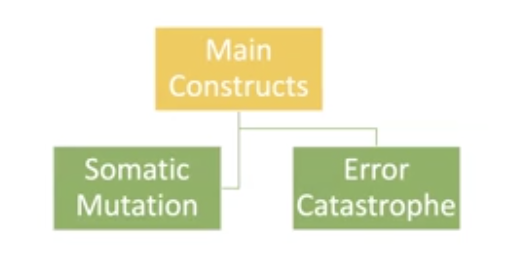
developmental-genetic theories
propose that the process of aging is continuous with and probably operating through the same mechanisms as development and, hence, is genetically controlled
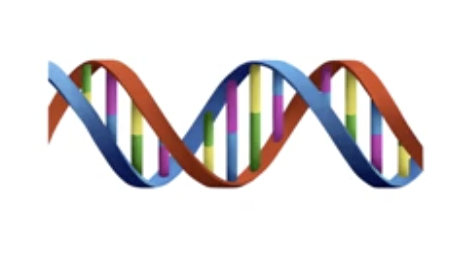
evolutionary theories
evolutional theories attempt to explain the origin of again as well as the divergence of species’ life spans

neuropsychological theories of aging
theories of typical age-related change
based on the principle that neural structures and related abilities laid down last should be the most vulnerable to processes of aging
theories of neurodegenerative change
age-linked neuropathological changes of the brain that produce observable degenerative deficits in cognitive functioning
psychological theories of aging
life-span development
theory that the 2nd half of life is characterized by
significant individual differentiation
multi-directionality
intra-individual plasticity
selective optimization with compensation
model of psychological and behavioral adaptation, identifying 3 fundamental mechanisms…for managing adaptive development in later life
selection
optimization
compensation
socioemotional selectivity
describes the individual choices in interaction, based on
self-interest
needs for emotional closeness that lead to selective interactions
cognition and aging
thinking about…
distal determinance- the factors that affect cognition reside outside the individual
e.g., in a social and cultural environment
proximal determinance- specific individual differences that are the cause of cognitive changes
personality and aging
theories that focus on the extent and the nature of personality stability and change over time
life-span development theory
conceptualizes ontogenetic development as biologically and socially constituted and as manifesting both developmental universals (homogeneity) and interindividual variability (e.g., differences in genetics and in social class)
identify 3 principles regulating the dynamics between biology and culture across the ontogenic life span:
1. evolutional selction benefits decrease with age
2. the need for culture increases with age
3. the efficacy of culture decreases
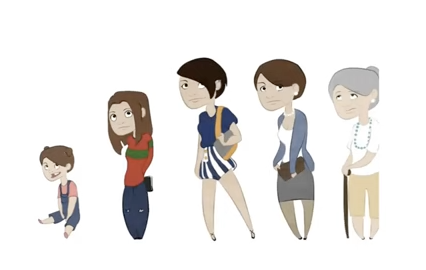
selective optimization with compensation (SOC)
a model of psychological and behavioral adaptation where the central focus is on managing the dynamics between gains and losses as one ages
selection refers to the increasing restriction of an individual’s life to fewer domains of functioning because of age-related loss in the range of adaptive potential
e.g., the number of hobbies an older adult takes part in may slowly decrease over time as they age
e.g., the extent/difficulty to which a hobby is done is decreased over time as an older adult ages (e.g., walking 1 mile a day instead of 3 miles)
optimization reflects the idea that people engage in behaviors that augment or enrich their general reserves and maximize their chosen life courses
compensation results from restriction of the range of adaptive potential and becomes operative when specific behavioral capacities are lost or are reduced
socioemotional selectivity theory
combines insights from developmental psychology- i.e., the Selective Optimization with Compensation Model
through mechanisms of socioemotional selectivity, individuals reduce interactions with some people as they age and increase emotional closeness with significant others
less quantity of people in their lives, but stronger quality in relationships
chosen interactions reflect the levels of reward these exchanges of emotional support achieve
cognition and aging
personality and aging
the primary phenomenon to be explained by a theory of cognition is the age-related decline in fluid cognitive performance (e.g., relevant and functional in-the-moment cognition, involving problem-solving)
personality theories focus on the extent and nature of personality stability and change over the life span
developmental explanations
trait explanations
client-centered approaches with older adults
systems theory of motor control
motor movement can only be understood as an interaction of internal and external forces acting on the body
can’t look at things in isolation; must look at physical, social, cultural, virtual, etc. environments
model of human occupation
occupational participation, or engagement in work, leisure, or activities of daily living comprises 3 interrelated components
volition
habituation
process by which an occupation is organized into patterns and routines
how we get clients to generalize and incorporate therapeutic strategies into their daily lives
performance capacity
OTs should enable clients to choose and engage in therapy activities that they
find interesting
think they are capable of achieving (personal causation)
believe is a value to themselves or to others
theory guides practice
theory is developed to explain phenomena, but also to guide intervention
assessment and intervention are typically based in beliefs about the nature of humans and strategies for change
MOHO is an example of a theory that can explain the experience of growing older in the context of human performance
OT role in aging
promotion of physical activity and physical capacity
exercises given, however, must have relevance to occupation (e.g., strengthening arm exercises —> to help with stand-pivot transfers from wheelchair to bed)
enabling participation in social roles, habits, and routines
application of strategies to help maintain physical and cognitive function
AOTA has identified Productive Aging as a key practice area in the 21st century
health promotion is
the process of enabling people to increase control over, and to improve, their health
essence of OT
belief that active engagement in occupation promotes, facilitates, supports, and maintains health and participation
health management is
an important occupation for clients within the domain of OT
potential outcomes of OT services
OT intervention approaches
prevention
health and wellness
QoL
participation
well-being
occupational justice
AOTA official document: occupational therapy programs:
promotion of health and well-being
prevention or reduction in incidence of illness or disease, accidents, and injuries (e.g., environmental modifications)
promotion of positive mental health through competence enhancement strategies (e.g., environmental supports)
mitigation of mental illness through risk reduction strategies (e.g., healthy habits)
reduction of health disparities among racial and ethnic minority groups and underserved populations
enhancement of mental health, resilience, and improvement in health with chronic conditions or disabilities and their caregivers
promotion of health living practices, social participation, occupational justice, and healthy communities (e.g., inclusive community programming)
basic principles of rehab for older adults
client-centered
include caregivers and family members
use a team approach
address primary impairments, activity, and participation limitations
prevent secondary impairments, activity, and participation limitations
address health promotion and wellness
optimize functional independence
consider inter-client variability
consider how personal and environmental factors may influence outcomes
goals: meaningful, individualized, collaborative, clearly communicated, realistic, and measurable
goals of the World Health Organization International Classification of Function (ICF)
provides a scientific basis for understanding and studying health and health-related states, issues, outcomes, and determinants
establish a common, international language for describing health and health-related states in order to improve communication among different users, such as health-care professionals, researchers, health policy makers and managers, and the public
allow for comparison of data across countries, health-care disciplines, and health services and sectors
provide a systematic coding scheme for health information systems
ICF domains
body function
the physiological functions of body systems, and psychological functions
body structure
anatomical parts of the body, such as organs, limbs, and their components
abnormalities of function, as well as abnormalities of structure, are referred to as impairments
activity and participation
activity is the execution of a task or action by an individual and represents the individual perspective of functioning
participation refers to the involvement of an individual in a life situation and represents the societal perspective of functioning
difficulties at an activity level are referred to as activity limitations, and problems an individual may experience in his or her involvement in life situations are denoted as participation restrictions
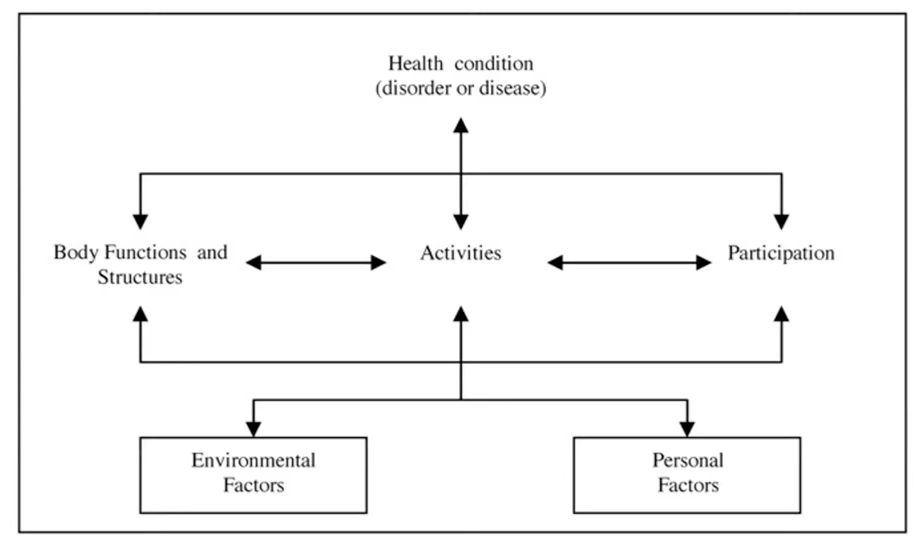
how to prioritize what to work on first with a client
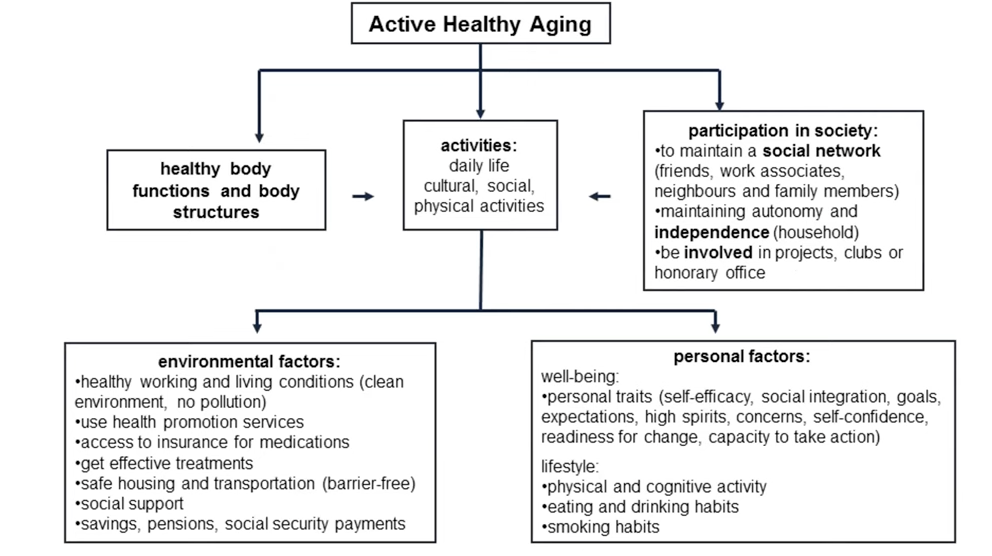
Healthy People 2030: objectives for older adults
aims to promote collaborative efforts- of individuals, institutions, and organizations- to improve and sustain health for all Americans and address community health needs
nearly half (11/23) of leading health indicators relate to either lifestyle behavioral factors or social determinants of health
it’s a call to action and a population health blueprint for the next 10 years